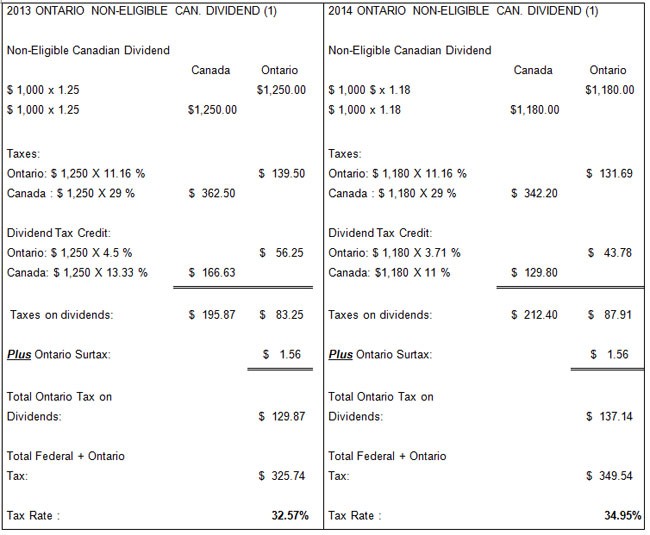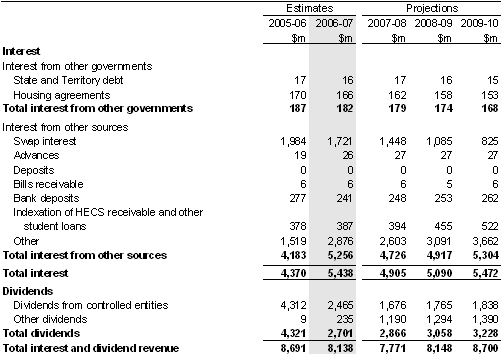Tax Treatment of Dividend Income
Post on: 15 Июнь, 2015 No Comment

Investors find dividend-paying stocks and mutual funds attractive because their total return includes both the dividend and any market price appreciation. Adding to the appeal of some dividends is the special tax treatment they receive.
For tax purposes, dividends are considered either qualified or nonqualified. Qualified dividends are:
- Tax-free for those in the 10% and 15% brackets to the extent qualified dividend income remains within those brackets
- Taxed at a 15% rate for those in the 25% up to 35% tax brackets
- Taxed at a 20% rate for higher income taxpayers whose income surpasses the 35% tax bracket
Nonqualified dividends are taxed at the same rates as ordinary income (currently a 39.6% maximum).
Beginning Jan.1, 2013, single taxpayers with Modified Adjusted Gross Income (MAGI) of $200,000 and married couples with MAGI in excess of $250,000 will be subject to an additional 3.8% Medicare surcharge on net investment income (which includes all taxable dividends).
What Is a Qualified Dividend?
Qualified dividends are paid by common and preferred stock of U.S corporations. Dividends passed through by mutual funds or other regulated investment companies can be qualified or nonqualified, depending on the underlying securities held by the fund. If a fund receives a qualified dividend, that dividend will maintain its qualified status when passed through to shareholders.
Distributions from partnerships and real estate investment trusts typically are not characterized as qualified dividends. Also, qualified dividends do not include distributions from preferred debt.
Dividends paid by certain foreign corporations may also be qualified. Examples include:
- Shares represented by a publicly traded American Depositary Receipt (ADR)
- Shares that are otherwise readily tradable on an established U.S. securities market
- Corporations incorporated in a U.S. possession
- Corporations incorporated in a country that has an income-tax treaty with the United States that contains an exchange of information program approved by the U.S. Treasury

Keep in mind that the foreign corporate dividends may remain subject to foreign withholding tax.
It is critical to obtain proper tax classification of an investment to determine whether the dividend is qualified.
How Does the Qualified Dividend Tax Treatment Work?
Heres one example based on 2013 tax brackets and rates. Jake has $65,000 in annual taxable income, excluding his dividends. Because he is married and files a joint return, he would be in the 15% federal tax bracket. However, his $9,000 in qualified dividends pushes his total income in excess of $72,500, which puts him in the 25% tax bracket. As a result, $7,500 of Jakes qualified dividends would be tax-free, while the remaining $1500 [$74,000 (his total income) — $72,500] would be taxed at 15%. 1
Is There a Required Holding Period?
To qualify for the special tax treatment, shareholders must satisfy a certain holding period 2 based on the type of stock held:
- For common stock. shareholders must own the stock for more than 60 days including the ex-dividend date.
- For preferred stock. the owner must hold the shares for more than 90 days including the ex-dividend date.
Active traders should monitor their holding periods carefully to benefit from the qualified-dividend tax treatment.
Can Long-Term Capital Losses Be Used to Offset Qualified Dividends?
Although dividends and long-term capital gains are taxed at the same rates, this does not mean that capital losses can be used to offset dividends. However, if you have a net capital loss after offsetting all capital gains, up to $3,000 per year of capital loss may offset ordinary income which may include dividends.
Talk With Your Financial Advisor & Tax Advisor
It’s important that you understand how dividends are taxed, and this is only a brief summary. For more detailed information, contact your tax advisor.
Although there are tax advantages to owning a qualified-dividend-paying stock, that in itself does not make that stock appropriate for your portfolio. Before you invest, your Financial Advisor will work with you to consider a variety of factors, such as your long-term goals, time horizon, risk tolerance, and tax implications. Dividends are not guaranteed. A company may reduce or eliminate its dividend at any time.
Wells Fargo Advisors does not provide tax or legal advice.
1 Although this example is conceptually accurate, the actual tax calculation Jake would perform on his tax forms would involve a separate worksheet to determine the amount of the qualified dividends that would be categorized and taxed at various rates.
2 When a stock trades ex-dividend, the dividend, when paid, goes to the seller. In general, the exchange designates a stock as ex-dividend a few days before the record date. Certain hedge positions may suspend the holding period for this purpose.














